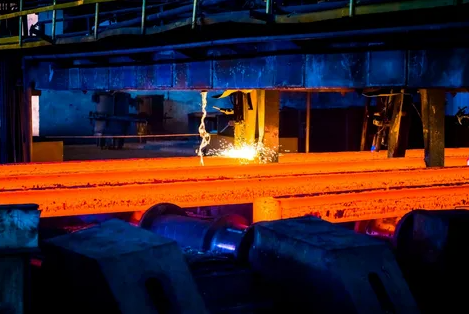What business effects does this give?
• Solving the problem of lack of labor: grinding, polishing and stripping are laborious and ergonomically unsafe operations, which people gradually refuse. Robots fill this gap, ensuring stable quality and reducing dependence on manual labor.
• A significant improvement in quality and accuracy: the use of 3D scanning and high-precision power control (with a reaction in the Killeri range) for adapting in real time to the geometry of the details and changes in the material. This allows you to achieve high physical accuracy and stability of the result, measuring power better than a person, and continuously scanning the surface to assess the result.
• Increased safety in production: grinding is not the safest operation for a person. Robotized cells are completely fenced with physical barriers and access control systems. In addition, the robot power controllers ensure safety automatically, if the force exceeds the installed limits.
• flexibility and adaptability for small-scale production: the systems are able to work with various alloys and process complex geometry of parts (for example, castings or generations), not relying only on CAD models, as they scan and scan and scan and scan and scan & quot; understand & quot; Real -time detail. They & quot; study & quot; interact with various materials (for example, aluminum or steel), which is critically important for high -tech and high -grain production.






